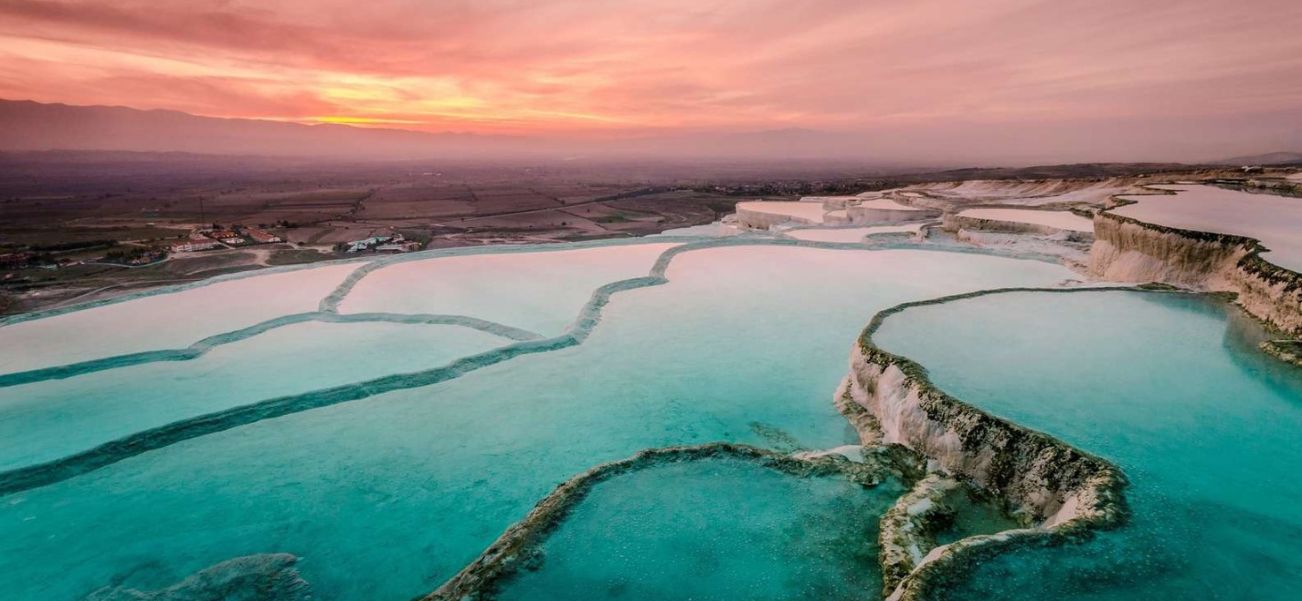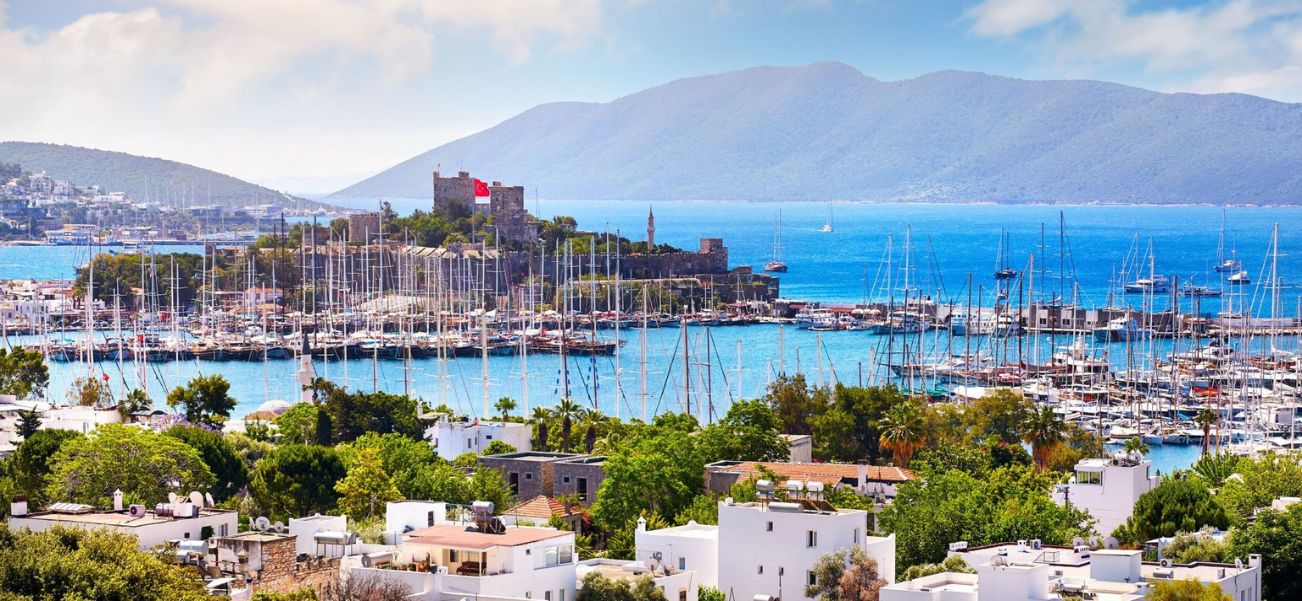
Pamukkale: Turkey’s Cotton Castle & Its Surreal Beauty
Nestled in southwestern Turkey, Pamukkale is one of the world’s most breathtaking natural wonders. Known as the "Cotton Castle" for its cascading white terraces of mineral-rich thermal waters, this UNESCO World Heritage Site looks like something from a dream. But Pamukkale isn’t just about stunning landscapes—it’s also steeped in ancient history, with the ruins of Hierapolis, an ancient Roman spa city, perched atop its gleaming travertines.
Whether you're a nature lover, history buff, or simply in search of a surreal travel experience, Pamukkale delivers. Let’s explore why this Turkish gem should be on your bucket list.
Pamukkale: A Dreamy White Paradise in Turkey
The Ultimate Turkey Travel Guide: Everything You Need for an Unforgettable Trip
How Was Pamukkale Formed? A Natural Wonder Millions of Years in the Making

Pamukkale’s dazzling white terraces are the result of thousands of years of geological activity. Thermal springs rich in calcium carbonate bubble up from underground, depositing layers of white mineral sediment as the water flows downhill. Over time, these deposits formed the iconic travertine terraces, creating pools that shimmer like ice under the Turkish sun.
The water maintains a warm 35°C (95°F) year-round, making it not only beautiful but also therapeutic. Since ancient times, people have believed in the healing powers of these mineral-rich waters.
The Ultimate Guide to Turkish Visas: Types, Requirements, and Application Process
Exploring Pamukkale: What to See & Do
1. Walk Barefoot on the Travertine Terraces

To protect the fragile formations, visitors must remove their shoes before walking on the terraces. The sensation of warm, mineral-rich water flowing over your feet as you tread on the smooth white stone is unforgettable.
2. Swim in the Antique Pool (Cleopatra’s Pool)

Legend says Cleopatra herself bathed in this thermal pool, surrounded by submerged Roman columns from ancient Hierapolis. The water is rich in minerals, and swimming here feels like stepping back in time.
Turkish Airlines: A Comprehensive Guide to Flights, Bookings, and Customer Experience
3. Discover the Ancient City of Hierapolis

Perched above Pamukkale, Hierapolis was once a thriving Roman spa city. Highlights include:
- The well-preserved Roman theater (seating 15,000 people!)
- The Necropolis, one of the largest ancient cemeteries in Turkey
- The Sacred Pool, where early Christians believed in healing miracles
4. Watch the Sunset Over the White Terraces

As the sun dips below the horizon, the travertines glow in golden hues, creating a magical atmosphere. This is the best time for photography—fewer crowds and softer light.
Essential Travel Tips for Visiting Pamukkale

Best Time to Visit Pamukkale
Spring (April-June) and autumn (September-October) offer pleasant weather and fewer crowds. Summer can be scorching, and winter (though less crowded) means cooler water temperatures.
Entrance Fee
As of 2024, the entry fee is around 700 Turkish Lira (approx. $25 USD), which includes access to both Pamukkale and Hierapolis. Cleopatra’s Pool has an additional fee.
Protecting Pamukkale
To preserve the terraces, visitors must walk barefoot, and swimming is only allowed in designated areas. Avoid using sunscreen or lotions before entering the pools.

How to Get To Pamukkale
- From Denizli The nearest city, just 20 km away. Buses and taxis run frequently.
- From Istanbul / Ankara Take a flight to Denizli Çardak Airport or an overnight bus.
Why Pamukkale is a Must-Visit Destination

Pamukkale is more than just a pretty sight—it’s a harmonious blend of nature, history, and relaxation. Whether you’re soaking in thermal waters, wandering through ancient ruins, or marveling at the surreal white landscape, this place leaves a lasting impression.
Have you been to Pamukkale? Share your experiences in the comments! And if you’re planning a trip to Turkey, don’t miss this natural masterpiece—it’s truly one of a kind.
Ready to explore Pamukkale? Pin this post for later!













